Generally speaking, the most crucial aspects of the production process and equipment for activated carbon are the activation process and activation equipment. Of course, for some high-precision activated carbon products, the core technology may not lie in the activation process or equipment, but that is another topic.
Activated carbon has many definitions. From a literal perspective, it refers to carbon that possesses activity. So, what is this activity, and how does carbon that originally had no activity become activated? Activity generally refers to a property where the material exhibits adsorption capabilities several orders of magnitude higher than conventional materials.
Regardless of the theory, whether it is Freundlich or Langmuir, adsorption is closely related to the contact surface or interface. Roughly speaking, the larger the interface area, the greater the amount of adsorption. The reason activated carbon is active is due to its enormous internal surface area, which is 2-4 orders of magnitude larger than conventional materials. If we look at activated silica, it is also the surface area that plays a significant role (more precisely, the specific surface area).
So, where does the internal surface area of activated carbon come from? According to the mainstream methods in the activated carbon industry, there are two main approaches: physical activation and chemical activation. Physical activation involves high-temperature steam activation, while chemical activation uses materials like phosphoric acid or zinc chloride.
Chemical activation is divided into several approaches, with the mainstream methods being phosphoric acid activation and zinc chloride activation. The principle of phosphoric acid activation is:C+H2O= (high temperature) CO+H2 C+2H2O=(high temperature) CO2+2H2. Of course, there are many side reactions involved, which will not be listed here. The zinc chloride method is similar, with both substances acting as catalysts and reacting with impurities in the carbon material.
Generally, chemical activation is only used for the activation of wood-based materials (excluding hard wood materials like nutshells), while physical activation is suitable for coal, coconut shells, wood, and other materials. For applications requiring high purity, physical activation processes are often used.

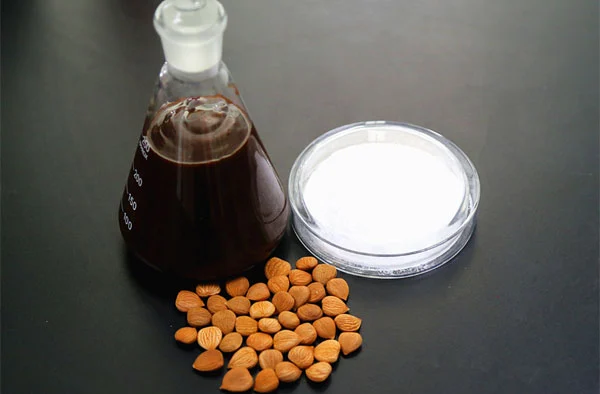
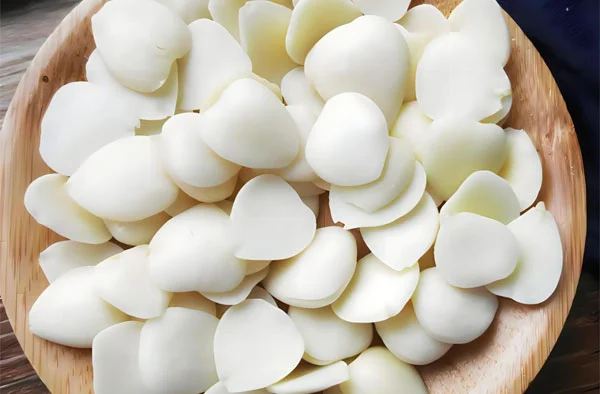
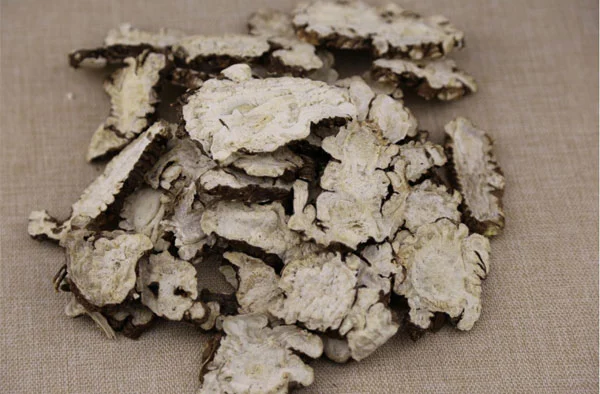
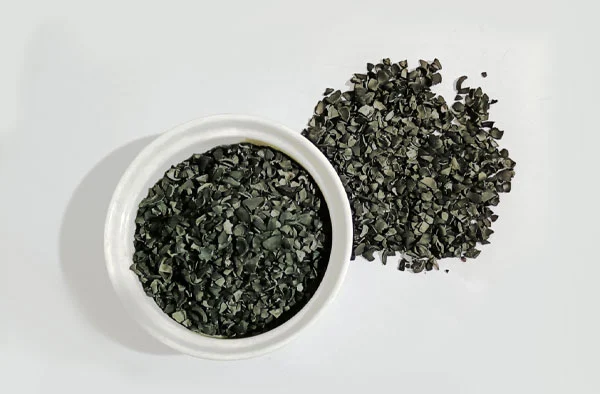

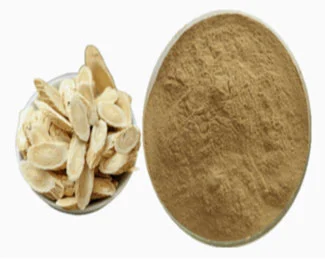


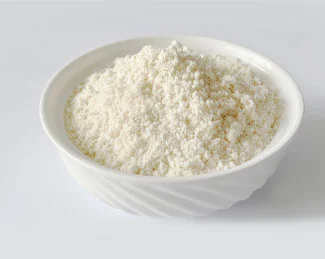
 Products
Products